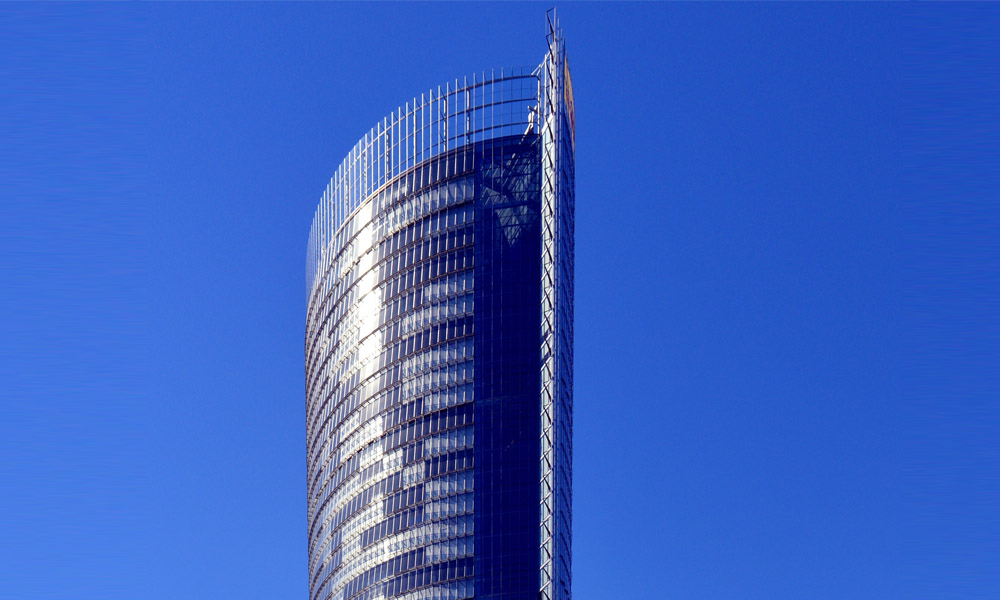

Toughened Float Glass An Overview
Toughened float glass, often referred to as tempered glass, is a type of glass that undergoes a specific manufacturing process to enhance its strength and safety characteristics. Unlike standard float glass, which can break easily, toughened glass is designed to withstand significant pressure and thermal stress, making it a popular choice in various applications ranging from architectural structures to automotive components.
The production of toughened float glass begins with the basic float glass manufacturing process. Float glass itself is made by melting silica sand, soda ash, and limestone, which are then floated on molten tin to create a flat, uniform sheet. This glass is typically heated, then cooled in a controlled manner, allowing it to maintain its clarity and smooth surface. However, to produce toughened glass, the next step involves a rigorous tempering process.
Tempering involves heating the float glass to temperatures of around 620 to 650 degrees Celsius (about 1,148 to 1,202 degrees Fahrenheit). Once the glass reaches this temperature, it is rapidly cooled through a process called quenching. This rapid cooling compresses the surface of the glass, while the interior remains in tension, which greatly increases its strength. The result is a glass that can handle impacts more effectively and is less prone to shattering.

One of the primary advantages of toughened float glass is its safety features
. In the event of breaking, toughened glass shatters into small, blunt fragments that are less likely to cause injury, contrasting sharply with regular glass, which breaks into sharp, dangerous shards. This property is particularly beneficial in environments where safety is paramount, such as in schools, hospitals, and public buildings.Furthermore, toughened float glass is also more resistant to temperature fluctuations. This quality makes it an ideal choice for applications in facades, shower doors, and glass doors that are exposed to varying temperatures. Additionally, it can be processed further by cutting, drilling, or coating, allowing for versatility in design and functionality.
Overall, toughened float glass combines strength, safety, and versatility, making it an invaluable material in modern construction and design. Its ability to meet the rigorous demands of both functional and aesthetic applications continues to drive its popularity across various industries, establishing it as a go-to choice for architects, designers, and builders alike. As technology advances, the potential uses for toughened glass are likely to expand even further, enhancing its role in innovative design solutions.